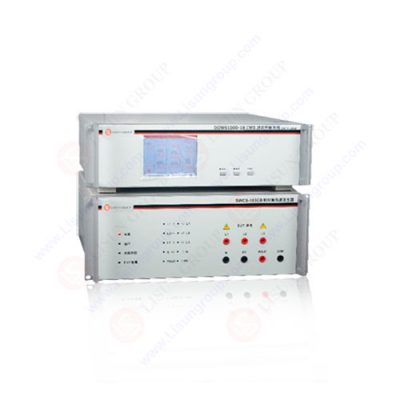
What is Damped Oscillation:
Damped oscillation is a type of non-harmonic motion commonly seen in systems such as spring oscillators and pendulums. It is a vibration in which the amplitude gradually decreases over time due to the presence of factors such as friction and resistance, also known as damping. The vibrating system continuously overcomes external resistance and consumes energy, causing the amplitude to decrease until the vibration eventually stops. This energy-decreasing vibration is called damped oscillation. Unlike harmonic oscillation, damped oscillation is non-periodic. Damped oscillation systems belong to dissipative systems, and their damping properties can be quantitatively represented. Damping also includes any influence and cause of energy decay in the vibrating system. Therefore, damping can be caused by external forces or inherent characteristics of the system. In summary, damped oscillation is a special vibration phenomenon in which energy gradually decreases.
Damped oscillation is caused by external resistance and can be used in practical applications to control the amplitude and frequency of vibration. So, what are the factors that affect the amount of resistance?
• Firstly, the resistance of the medium is one of the crucial factors influencing damping in oscillations. This resistance is related to the medium’s density and viscosity, and the larger the density and viscosity, the greater the resistance, causing the vibration to decay faster.
• Secondly, external friction is also an essential factor in creating damping. In spring oscillators, we often use air resistance to achieve damping. When the oscillator vibrates, air resistance converts the vibration energy into heat, thereby reducing the amplitude.
• Another factor is structural damping. In structural damping, components of the vibrating system may come into contact and create friction, consuming the vibration’s energy and hindering its progress.
• Finally, the magnitude of friction also affects damped oscillations. In pendulum systems, friction primarily comes from the contact between the pendulum and the pivot point. By increasing friction at the pivot point, we can effectively control the amplitude and frequency of oscillation.
In summary, the occurrence of damped oscillation is due to external resistance. By manipulating different factors to control the amount of resistance, we can influence the decay rate of vibration. In practical applications, we can use damping to control the amplitude and period of vibration, achieving a more stable and controllable effect.
DOW61000 18_Damped Oscillatory Wave Immunity Tester
Feedback signal of Damped Oscillatory Wave Immunity Tester:
The feedback signal is generated through a damped oscillation circuit. This circuit is composed of a power amplifier and load resistor, and the output signal of the power amplifier is fed back to the input end of the generator through the load resistor, creating a feedback loop. When the load resistor changes, the signal waveform also changes accordingly, thereby affecting the power output of the power amplifier. As a result, the damped oscillation circuit connects the output power with the feedback signal, allowing for control of frequency and power.
Damped Oscillatory Wave Immunity Tester can produce a Damped Oscillatory Wave (DOW) Testing instrument that simulates power equipment, passing through different types of cables such as power cables and control and signal cables in high-voltage and medium-voltage substations. It can also simulate non-repeating damped transient waves that occur in low-voltage power lines, control lines, and signal lines in public and non-public networks. The use of an oscillation wave generator can accurately assess the resistance to disturbance of electronic equipment and provide reliable standards for electrical and electronic equipment for residential, commercial, and industrial purposes. The oscillation wave generator is also referred to as the oscillation wave resistance test instrument, including damped oscillation wave generators, attenuated oscillation wave generators, and resonant wave generators, which simulate oscillation waves in actual settings to provide accurate data for the working environment of electronic equipment.
The main purpose of the Damped Oscillatory Wave Immunity Tester is to evaluate the resistance to disturbance of electronic equipment, ensuring its normal operation. In various types of electrical equipment, oscillations may cause equipment failure or damage, so the requirements for resistance to disturbance are very stringent. Using an oscillation wave generator can accurately simulate the oscillation waves that occur in real-world scenarios and evaluate the equipment’s resistance to these waves. This scientific evaluation method can provide data support for manufacturers to improve product design and improve product quality and stability.
The Damped Oscillatory Wave Immunity Tester plays an important role in the field of electrical and electronic equipment, providing accurate and reliable data support for the design and production of electronic equipment to ensure its proper operation. With the continuous development of technology, the oscillation wave generator is also continuously improving and advancing. More and more businesses and manufacturers are beginning to pay attention to the testing of equipment’s resistance to disturbance, thereby improving product quality and meeting customer demand.
https://www.lisungroup.com/news/technology-news/damped-oscillatory-wave-immunity-tester-key-technology-for-damped-oscillatory-wave-dow-testing.html


Comments
Post a Comment